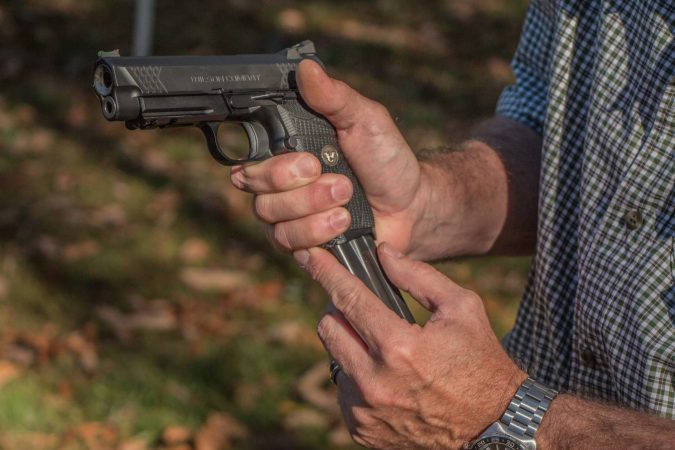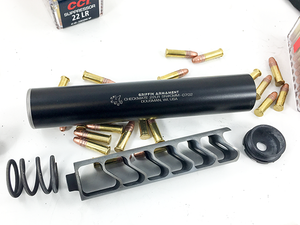We may earn revenue from the products available on this page and participate in affiliate programs. Learn More ›
New York’s database of so-called handgun “fingerprints”–which is costing Empire State taxpayers at least $1 million annually–has yet to lead to a single criminal prosecution after more than seven years in existence.
Since March 2001, ballistics information has been recorded from more than 209,000 new pistols and revolvers sold in the state and entered into the Combined Ballistic Identification System database maintained by New York State Police.
New York and Maryland are the only two states that currently mandate and maintain statewide ballistics databases.
Last year, California lawmakers approved legislation requiring semi-auto handguns sold in the state to “microstamp” each cartridge in two locations whenever it is fired. Despite the fact that more than one study showed the proprietary microstamping technology to contain serious flaws, the California law was signed by Gov. Schwarzenegger in 2007 and scheduled become effective in 2010.
Under current New York law, new guns are fired, and information about the markings left on the casings is recorded and entered into the digital database.
So far, with 209,239 casings entered into New York’s system, there have been 7,124 inquiries and only two hits—neither of which led to an arrest or prosecution.
Beyond the obvious statistical evidence of the failure of ballistics data to help solve crimes committed with handguns, there are several basic principles that doomed for the effort from its inception.
-Criminals don’t purchase guns legally.
-Markings a gun leaves on shell casings changes over time or can be purposely altered.
-Revolvers don’t eject casings.
-Casings from another firearm can be left at crime scenes to implicate others.
Tom King, president of the New York State Rifle & Pistol Association, said the state would be better served by spending the money used for the database for additional police and other law enforcement programs that actually have proven successful.
“We don’t have to be throwing millions of dollars into a program that doesn’t work,” he recently told the Associated Press.
















